Our Latest Blogs
Our Solutions News Blog was envisioned to gather and share information from the very best to help you and your business to become more effective.
Our Solutions News Blog was envisioned to gather and share information from the very best to help you and your business to become more effective.
Make Your Business and Brand Stand Out as you Welcome Customers Back....
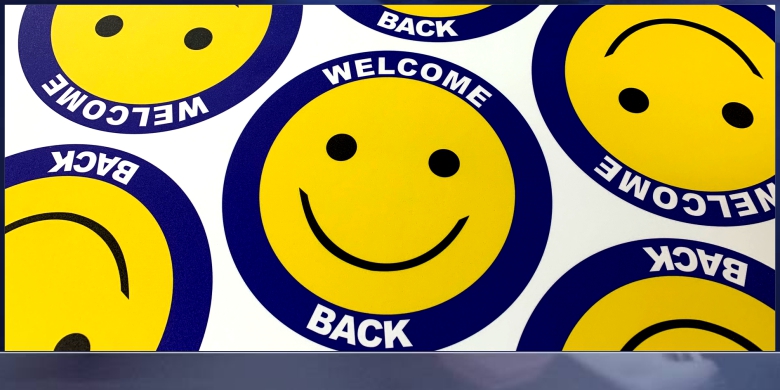
Welcome Them Back... with A Smile (Floor Grahics)
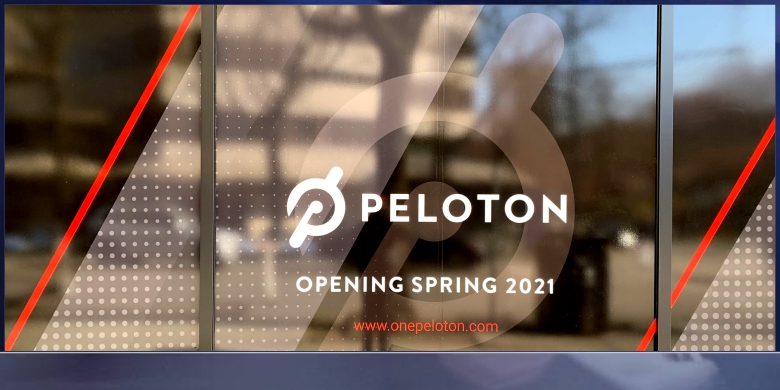
Welcome Them Back... Before You Open or Re-Open
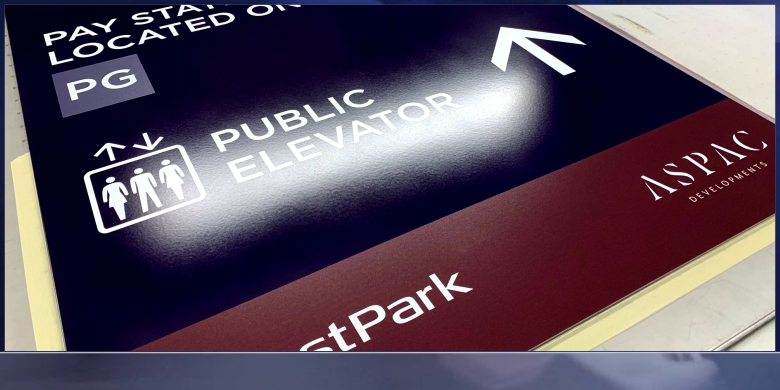
Welcome Them Back... with New Directional Signage
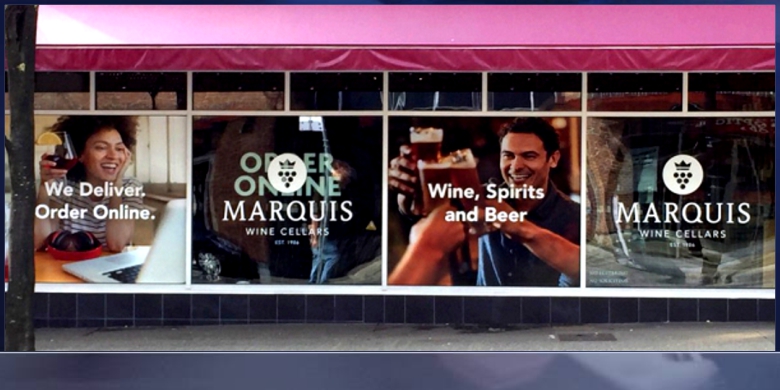
Welcome Them Back... with A Cheer
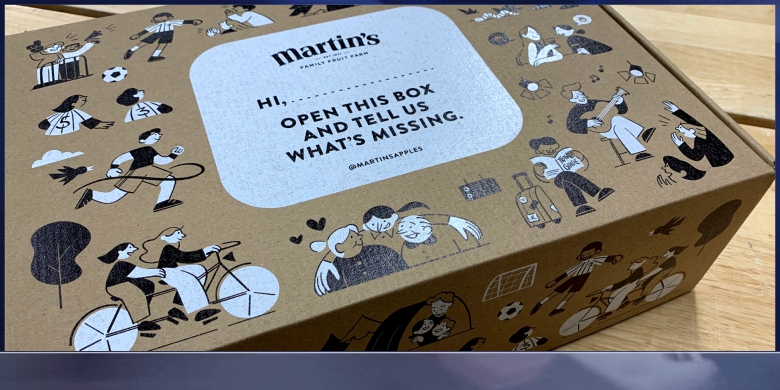
Welcome Them Back... with New Packaging

Welcome Them Back... with A Surprise
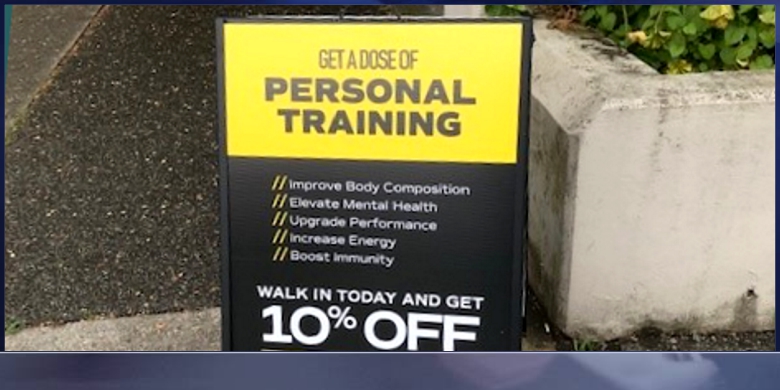
Welcome Them Back... with A Walk In Special
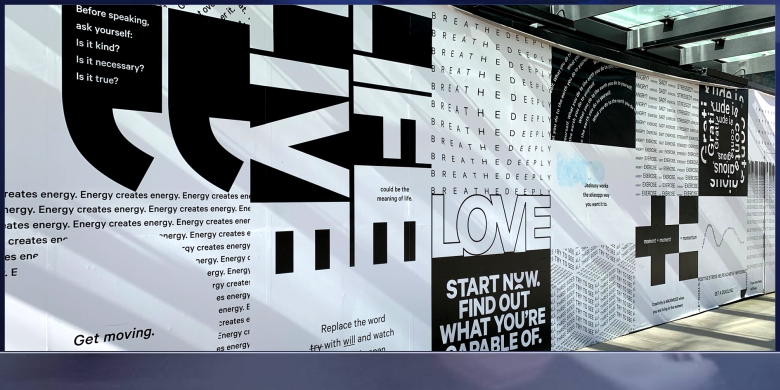
Welcome Them Back... with Your Offer

Welcome Them Back... with Mailed Information
Please contact us for free information, tips and assistance!
In retail environments, brands have just 3 seconds to make an impression on shoppers. Learn how to make sure your products catch buyers’ eyes.

As consumers, we’ve all been there: staring at a shelf fully stocked with dozens of brands’ variations on the product we’re looking for — whether it’s lightbulbs for the guest bathroom, treats for the pup, or bottles of wine for a friend’s housewarming party. It’s overwhelming, isn’t it? Even if we thought we knew exactly what we wanted, the sheer number of options in front of us gives us pause — and the way the products are merchandised may draw our eyes (and our dollars) to a new brand. In fact, research from the Shop Association reports that consumers are exposed to 3,000 promotional messages per day and a whopping 80,000 items in a given grocery store visit. How do we choose?
And more importantly, how do brands ensure their products are the ones that catch our eyes?
It isn’t easy. The same report finds that a consumer’s decision to stick with their go-to brand or buy from a rival takes, at most, seven seconds — and those competing brands have just three seconds to make an impression.
The key to ensuring your brand stands out from the rest? Powerful point-of-purchase (POP) displays. These are the end caps, shelf talkers, display stands, and other types of signage that highlights a brand’s products in order to sell customers on its benefits and value right there in the store. To ensure your brand’s POP / POS displays make your products stand out among those 80,000 competitors, we recommend following these six steps.
1. Speak to Your Audience’s Needs
Consumers generally aren’t looking for products with certain specs or features; they’re looking for products that solve their problems. Maybe that’s eliminating a pain point or making their lives easier in some way; maybe it’s boosting their self-esteem or impressing others or simply adding joy to their lives. As you create your POP / POS signage, and particularly the messaging it conveys, don’t lead with the latest bells and whistles but with the intangible value your product offers customers.
Additionally, be sure to consider the customer’s entire experience. While, ideally, your target audience is already familiar with your brand from your digital, direct mail and other advertising tactics, the shopping trip offers yet another channel to meet and engage with potential buyers during the customer journey. To make your brand stand out, devise ways to engage with consumers from the parking lot into the shelf with branded signage, POP / POS materials, and product coupons.
2. Design for the Specific Retail Location
When you’re creating display materials for multiple outlets — even multiple locations of the same store — remember that not all retail locations are created equal. Retailers will have different rules and guidelines. These guidelines could be based on space constraints. An elaborate floor display that looks beautiful in a large suburban location is likely to be a tripping hazard in a smaller store tucked into a compact, urban area.
Differing rules may also be driven by local laws. No matter how beautiful the design or how powerful the message, a store display that isn’t compliant with regulations is simply a waste of money. Consider working with a marketing supply chain partner that’s well-versed in retail parameters and industry regulations to ensure every piece of in-store signage is compliant and display-ready.
3. Keep Longevity in Mind
A torn-up, worn-out display is a turnoff to customers, so as you design your POP/POS signage, do so with durability in mind. Whether it’s a temporary display for the holiday season or a permanent installation, you’ll want to ensure it looks great as long as you need it to. Will it survive transportation and storage in pristine condition? If it’s a product display will it support the weight of the products? Will it withstand in-store traffic, including shopping cart collisions or purse bumps?
Additionally, you’ll want to ensure the display is easy to restock. Shelf-talkers that get in the way of shelf access or endcaps that are too complicated to easily refill may look great at first, but as product dwindles, they may not get refilled as often as necessary, leading to missed sales opportunities. (Remember, too, that if a display is complex to restock, it’s probably hard for shoppers to access as well and they may pass it by.) A durable, easy-to-maintain display will showcase your brand in its best light for a long time.
4. Ensure Prime Placement in Store
The real estate adage, “location, location, location” applies to in-store signage and displays, too. Once you’ve invested in high-quality, beautifully designed marketing materials, it’s important to ensure those materials are displayed where customers will see them. For example, the Shop Association notes that the sweet spot for signage height is between shoppers’ shoulders and knees. A sign that’s close to the floor isn’t likely to be seen, nor is an in-aisle ceiling dangler.
Also consider unexpected places to grab shoppers’ attention. Research says six in ten in-store purchases are impulse buys, so it may pay to place your displays in strategic places to pique those impulses. Place your products near the cash register to inspire last-minute buys, or near items they pair will with to entice customers. (For example, showcase your salsa on the chip aisle or package your spirits with fun bar accessories and coupons for popular mixers.)
(Note: Make that prime placement easier for everyone involved by ensuring your signage is delivered on time and easy to assemble.)
5. Minimize Production Costs
With tight marketing budgets and high ROI expectations, it’s important to ensure the costs of the POP / POS materials don’t outweigh their value. A savvy marketing partner can help find ways to minimize costs without sacrificing quality or effectiveness. Some of the levers you may pull to streamline costs include material selection, manufacturing techniques and complexity of design. Choosing a partner that gangs orders through “buy windows” and has a proven network of production facilities helps maximize economies of scale, saves costs, and minimizes risk. Knock-down displays — the kind that are shipped disassembled or flat and popped up in store — can save significant costs on packaging and transportation. The more creative you and your partner can be about design, materials, shipping, and ordering windows — without sacrificing quality — the more valuable in-store marketing will be for your brand.
6. Follow Best Practices for POP Display Design
Finally, to create POP / POS materials with maximum impact, be sure to follow the design best practices that are most likely to catch shoppers’ eyes and encourage them to choose your product. Select bold colors that both showcase your brand and evoke the feelings (comfort, safety, impulsiveness, etc.) you want buyers to feel. Select unique shapes that will stand out on shelves and against other displays, and ensure any interactive elements are intuitive for shoppers. Keep your messaging clear, simple, and easy to digest — and be sure your brand logo is on full display. Above all, keep the audience’s needs and experience at the forefront of the design process.
Please contact us for free information, tips and assistance!
Written By: Casey Rush Source: One Touch Point Blog
The psychology of colour is based on the mental and emotional effects colours have on sighted people in all facets of life. Did you know your surroundings may be influencing your emotions and state of mind? Well, there’s a good chance that the colours in those spaces are playing a part.
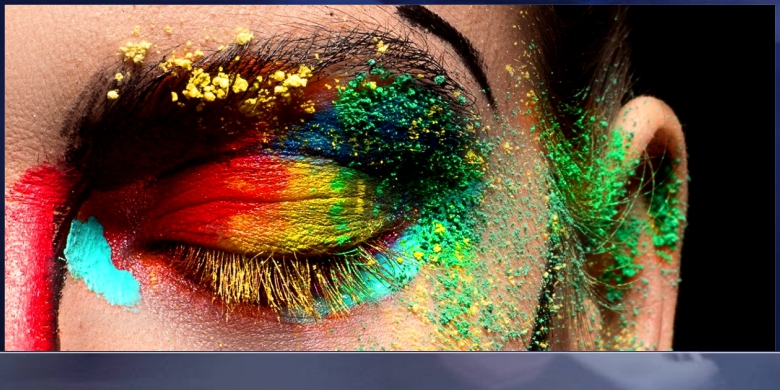
What is Colour Psychology?
The psychology of colour is based on the mental and emotional effects colours have on sighted people in all facets of life. There are some very subjective pieces to colour psychology as well as some more accepted and proven elements. Keep in mind, that there will also be variations in interpretation, meaning, and perception between different cultures.
Applying Colour Psychology to Everday Life
Did you know your surroundings may be influencing your emotions and state of mind? Do you ever notice that certain places especially irritate you? Or that certain places are especially relaxing and calming? Well, there’s a good chance that the colours in those spaces are playing a part.
In art therapy, colour is often associated with a person’s emotions. Colour may also influence a person’s mental or physical state. For example, studies have shown that some people looking at the colour red resulted in an increased heart rate, which then led to additional adrenaline being pumped into the blood stream.
There are also commonly noted psychological effects of colour as it relates to two main categories: warm and cool. Warm colours – such as red, yellow and orange – can spark a variety of emotions ranging from comfort and warmth to hostility and anger. Cool colours – such as green, blue and purple – often spark feelings of calmness as well as sadness.
The concepts of colour psychology can also be applied in everyday life. For example, maybe you’re planning on re-painting your walls or redecorating a house or room with a new colour scheme. Well, you might want to consider some of these suggestions about colorus and how they might affect your emotions and mood:
Psychological Effects of Cool Colours
Need to be creative? Want help getting those brain synapses firing? Try utilizing the colour purple. Purple utilizes both red and blue to provide a nice balance between stimulation and serenity that is supposed to encourage creativity. Light purple is said to result in a peaceful surrounding, thus relieving tension. These could be great colours for a home or business office.
Are you looking for a peaceful and calming environment? You might consider using green and/or blue. These cool colours are typically considered restful. There is actually a bit of scientific logic applied to this – because the eye focuses the color green directly on the retina, it is said to be less strainful on your eye muscles.
The colour blue is suggested for high-traffic rooms or rooms that you or other people will spend significant amounts of time. Another cool colour, blue is typically a calming and serene colour, said to decrease respiration and lower blood pressure. The bedroom is a great place to use these colours as they should help you relax.
Psychological Effects of Warm Colours
Want to create an environment of stimulation or whet people’s appetite? You might consider utilizing the colours yellow or orange. These colours are often associated with food and can cause your tummy to growl a little. Have you ever wondered why so many restaurants use these colours? Now you know why even after people watched the movie SuperSize Me, they said they were hungry.
You do want to be careful about using bright colours like orange and especially yellow. They reflect more light and excessively stimulate a person’s eyes which can lead to irritation. You also probably don’t want to paint your dining room or kitchen these colours if you’re a calorie-counter.
Pyschology of Colour for Marketing & Advertising
Marketing and advertising are well-known for utilizing colour psychology. The fact that some companies have heavily invested in this type of research and many others have followed through in its use shows they have at enough belief in the concepts of colour psychology to implement them in their advertising.
Colour is consistently used in an attempt to make people hungry, associate a positive or negative tone, encourage trust, feelings of calmness or energy, and countless other ways.
Most marketing and advertising executives will likely agree that there are benefits to understanding and utilizing the psychological effects of colours. Now let’s take a look at some of the more common traits of colour psychology, by some common colours.
The following are some common psychological effects of colours in the Western Hemisphere. Keep in mind that certain shades or tones may result in very different meanings. Also, the context around the colour, and even surrounding colours, can have an effect. Think of this as more of a beginning guide to colour psychology.
Colour Psychology: The Colour White
purity
innocence
cleanliness
sense of space
neutrality
mourning (in some cultures/societies)
Colour Psychology: The Colour Black
authority
power
strength
evil
intelligence
thinning / slimming
death or mourning
Colour Psychology: The Colour Gray
neutral
timeless
practical
Colour Psychology: The Colour Red
love
romance
gentle
warmth
comfort
energy
excitement
intensity
life
blood
Colour Psychology: The Colour Orange
happy
energetic
excitement
enthusiasm
warmth
wealth prosperity
sophistication
change
stimulation
Colour Psychology: The Colour Yellow
happiness
laughter
cheery
warmth
optimism
hunger
intensity
frustration
anger
attention-getting
Colour Psychology: The Colour Green
natural
cool
growth
money
health
envy
tranquility
harmony
calmness
fertility
Colour Psychology: The Colour Blue
calmness
serenity
cold
uncaring
wisdom
loyalty
truth
focused
un-appetizing
Colour Psychology: The Colour Purple
royalty
wealth
sophistication
wisdom
exotic
spiritual
prosperity
respect
mystery
Colour Psychology: The Colour Brown
reliability
stability
friendship
sadness
warmth
comfort
security
natural
organic
mourning (in some cultures/societies)
Colour Psychology: The Colour Pink
romance
love
gentle
calming
agitation
Source: Art Therapy